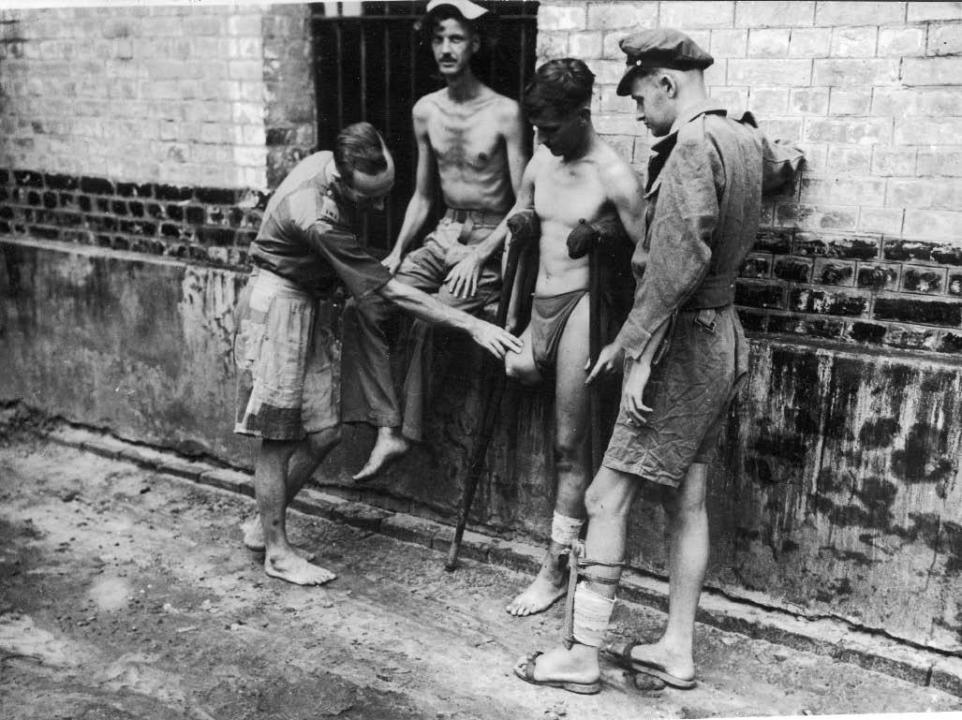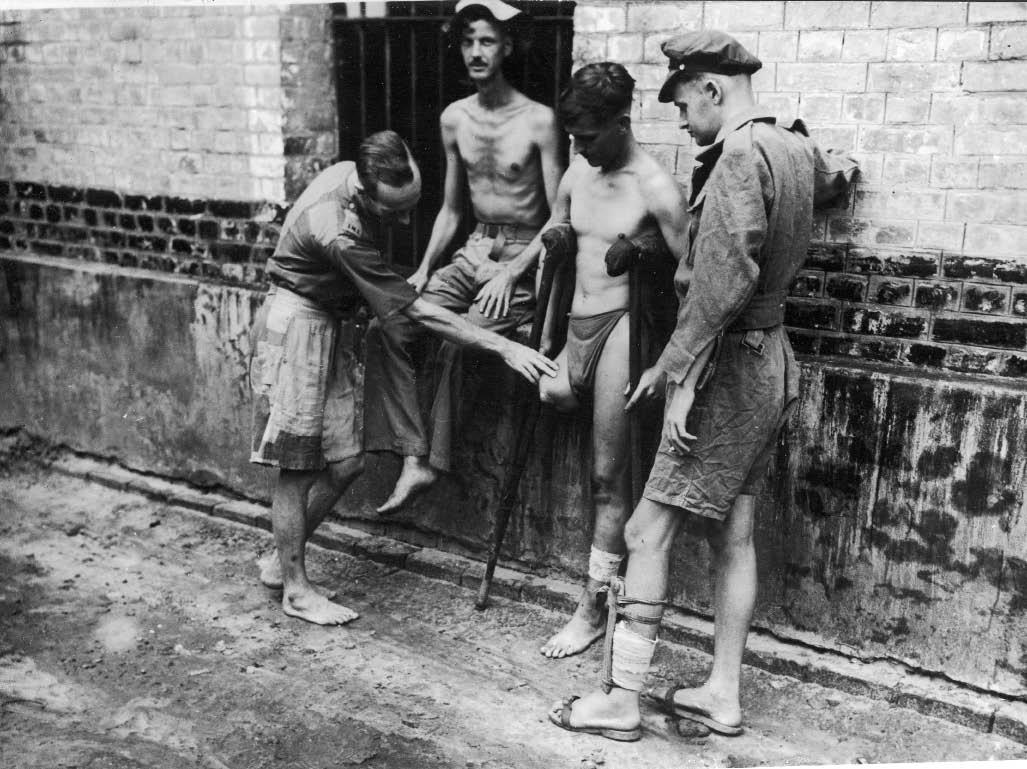Alistair Urquhart describes himself as ‘a lucky man as well as an angry man’.
Alistair Urquhart describes himself as ‘a lucky man as well as an angry man’. No one who reads his remarkable autobiography will doubt either the phenomenal extent of his good fortune or the extraordinary justification for his anger. Yet his story will be remembered for qualities that are universal rather than personal.
At the age of 20, with a job as a warehouseman in Aberdeen, he was called up in 1939 for service in the Gordon Highlanders, and sent to Singapore. When the city suddenly and shockingly fell to the Japanese in December 1941, he was captured, but he survived almost three years as a slaveworker on the railway in Thailand and in the docks in Malaya, before being shipped to Japan in the hold of a cargo vessel for labour in the coal mines. On the voyage, the ship was torpedoed, and he was almost drowned. After days drifting on a raft in the South China Sea, he was rescued, and imprisoned close enough to Nagasaki to feel the hot blast when the second atom bomb fell on the city. Nothing, it seemed, would kill him, or break his spirit.
What makes this story more than the sum of these astonishing parts is Urquhart’s intense physical awareness of his surroundings. You sense it first in his passion for dancing, Viennese waltzes, quicksteps, the tango or his particular pride, the slow foxtrot, first practised in Aberdeen’s dance halls. ‘My favourite venue was the Beach Ballroom on the promenade where the floor was sprung on chains. You could dance all night and not get tired.’ It is apparent too in his delight in athletics and his prickly irritation at the slow, ungainly softness of Singapore’s drink- sodden rubber-planters and complacent officials as the Japanese advanced on the city.
Made a prisoner of war, he was sent with 60,000 other Allied servicemen and 250,000 Asian labourers into the jungle to construct the Thailand-Burma railway. The agony of the brutal beatings and medieval tortures inflicted there comes as a hellish counterpoint to Urquhart’s pleasure in running and his devotion to the gliding rhythms of the Joe Loss orchestra. There is something almost fastidious in his awareness of minor discomforts, ‘my hair matted, dirty and unshaven, lice crawling all over my body, no soap or water.’ Advised to clear up a weeping ulcer by putting maggots on the wound, he is exquisitely alert to the feeling: ‘They started gnawing away at my skin with the most minuscule of bites. The sensation was of tingling, unearthly yet not altogether unpleasant, until the realisation that they were eating your flesh came racing back.’ The physical sensitivity renders almost unbearable the extremes of pain, a rifle smashing a tooth whose unaesthetised root has to be pulled out with pliers, an obstructed kidney stone caused by chronic dehydration, and a prolonged beating followed by days in a corrugated iron cage so constricted he can only kneel.
Nevertheless, the bodily degradation was not what mattered. ‘Each time I took a beating it chipped away, not just at my bones and wasting muscles, but at my will to endure them.’ Urquhart’s understanding that this is where survival will be achieved lifts his story to a different plane. It turns brutality inside out, so that the assault on the body becomes a battle of the human spirit. Here every assertion of independence becomes a triumph, the feral scrounging of Freddie Brind, an irrepressible, 15-year-old boy-soldier caught up in the horror, as much as the heroic skills of Dr Mathieson, the camp doctor who saved Urquhart’s life when he fell sick with cholera, and above all the narrator’s own stubborn resistance to despair.
Almost 16,000 prisoners and 90,000 labourers died in building the 260-mile railway, approximately one life every four yardsEven this toll, however, was dwarfed by the approximately six million Chinese, Korean, Filipino and Indonesian civilians killed by the Japanese between 1934 to 1945. The reluctance of modern Japan to accept that such wanton slaughter is a stain on its ancient civilisation remains incomprehensible. But this is why personal testimony such as Urquhart’s continues to be important more than 60 years later.
He returned home traumatised, and the nightmares of the railway still haunt him. But in his nineties, he continues to dance, and that physical enjoyment undoubtedly feeds his battered spirit. The proof of it lies in the vividness of his writing.







Comments